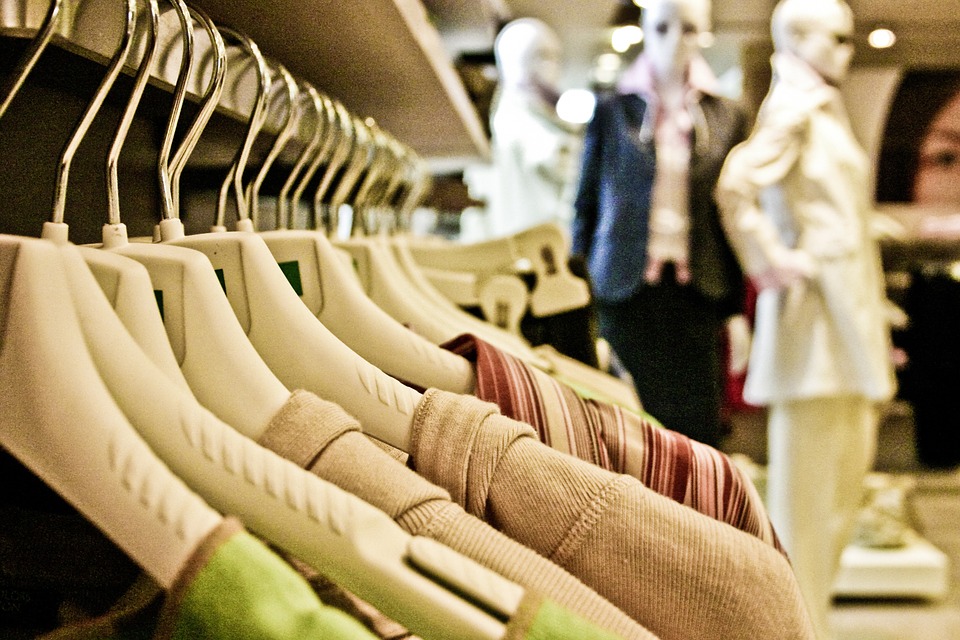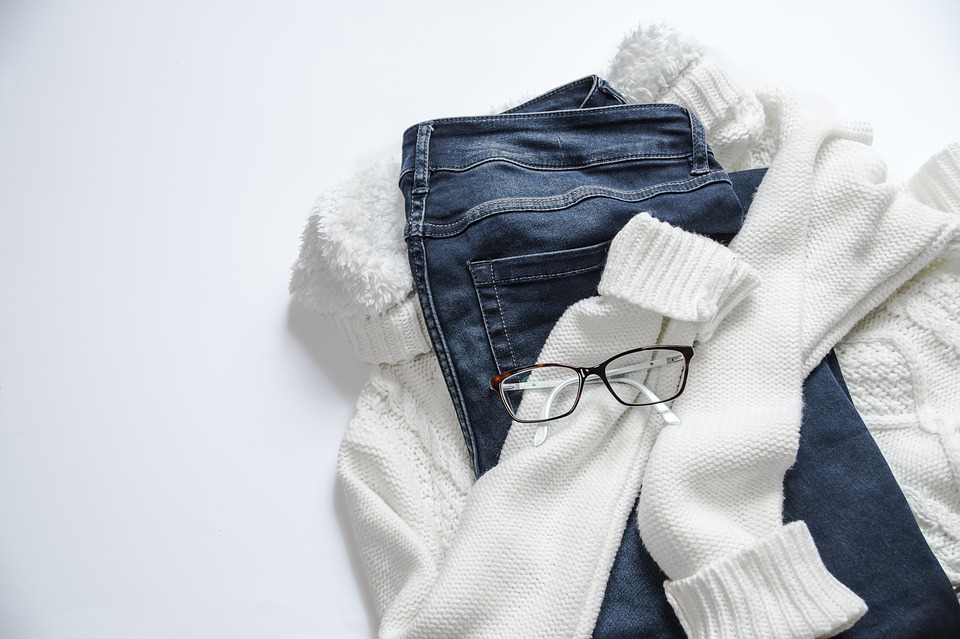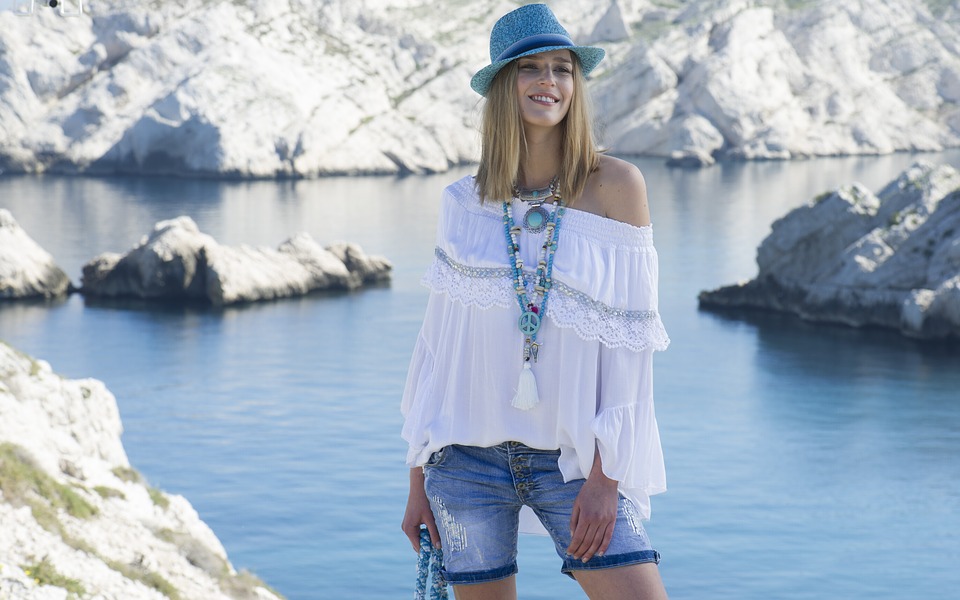
Like most new trends in the fashion world, consumers have a need and desire to stay on the shopping treadmill. There is always something “new” that consumers need to buy, or there is an upcoming trend which is usually made up of the same items that are currently hanging in most people’s wardrobes.
The word “sustainable” is used fairly frequently these days and is usually associated with food. Now, it has become a huge part of the fashion industry. If you want to make your fashion choices more sustainable, then you need to decide what is important to you when it comes to sustainable fashion. Once you determine where your priorities are, then you can craft a wardrobe which reflects your choices. But, how do you actually create a sustainable wardrobe?
Streamline Your Wardrobe Items
Creating a sustainable wardrobe doesn’t just start with throwing some old items of clothing away. Disposing of clothing after just a few wears is environmentally damaging since it promotes the “fast fashion” culture. Did you know that synthetic clothing takes decades to decompose?
Instead of adding to the piles of clothes already in landfills, streamline the items you already have in your wardrobe by separating your clothes into four piles: clothes that you love, clothes you may wear again soon, clothes you’d prefer if they were better fitting and clothing you won’t wear again. After creating the piles, keep the first three in your wardrobe and put the other pile to one side.
Give yourself a two-week deadline to decide whether you want to keep items from piles two and three, before donating them to a charity, along with your fourth pile.

Mend Your Clothing, Rather Than Disposing
During your deadline weeks, look at the pile of clothing that you would prefer if it fitted better. If there are some pieces that you love, then invest some money in alterations. It’s time that we begin to see our clothing as valuable and indispensable items that should be taken care of.
If you are buying better quality clothing, then it is more likely to last longer and you are more likely to take care of them better than if they were cheaper items of fast fashion. Look after your clothing correctly and you will have to replace it less often. From carefully looking after your cashmere to washing your denim inside out, going the extra mile to ensure that your clothes stay at their best for longer will not only benefit you but also the environment.
If there are pieces that you really don’t like, then there are some other ways you can repurpose them. Old shirts can be cut into cleaning rags, you can braid fabric strips into chew toys for your dog and you can even make reusable food packaging with some fabric and beeswax.
If you love a DIY project, why not turn a dress into a shirt or sew together a blanket or baby clothes from pieces you’ve outgrown?
Make a Note Of What Is Left In Your Wardrobe
Once you’ve had a complete overhaul of your wardrobe, it’s time to look closer at the gaps. When you are getting ready in the morning, do you find yourself wishing you had a particular piece of clothing? If so, then these are the pieces that you need to invest in for your wardrobe.
It’s easy to become distracted by what is fashionable these days, but you should learn to recognise what trends will suit you and which ones won’t. If a trend doesn’t match your usual style, then there is no need to waste money or material on it. Make a list of pieces that you see as timeless, rather than trendy. These pieces should evoke joy for you and you should be excited to wear them for years to come.

Less Is More
Investing in clothing that has intention is an essential part of building a sustainable wardrobe. Once you realise why you are buying a piece of clothing and have plans of how you are going to wear it, you can begin to make smarter shopping choices.
Once you have streamlined your wardrobe, think about how you can create three different outfits from each piece you have left. Work out which colours and pieces work well with one another before you go shopping again. You may well find that you don’t actually need certain items.
Shop Ethically From Eco-Friendly Brands
Now that you have streamlined your wardrobe, re-discovered your style and learned how to buy with intention, it’s time to go out and invest in the “need” items that are missing from your wardrobe from sustainable companies.
There are many ways that brands and retailers can be ethical - from their fair pay living wages to their labour policies. If you are worried about the environmental effects of clothing production, then look into natural clothing fibres and materials, such as hemp and organic cotton. Recycled materials are also worth investing in as they require fewer resources, chemicals and water.
When it comes to choosing and finding clothes that you will get the most out of, stick by the 30 wear campaign. This campaign, started by Livia Firth, the founder of Eco Age, encourages us to only buy items that we know we will wear. The biggest thing to remember is that every time you buy something, think if you will wear it for a minimum of 30 times. If you answer yes, then buy it. You'll be surprised how many times you say no.

There are many specific items of clothing which can be sourced from sustainable clothing brands. From soft socks to designer lingerie, thanks to the rise in popularity for sustainable fashion there are more places now than ever where you can buy ethical and sustainable clothing. No matter what you are looking for, there is bound to be a brand or store that stocks exactly what you are looking for. There are so many designers currently exploring new and pioneering techniques to create sustainable fashion that the trend is looking to not only be huge, but exciting. There are so many ways that we can now work to protect the environment, and fashion is one of them.
Guest post by Natalie Wilson
About the Author
Natalie is a freelance writer and journalism student. She loves writing about beauty and fashion trends and travel. In her spare time, she enjoys reading mystery books with a cup of tea or planning her next travel destination or shopping trip. Check her out on Twitter.
You may also like
How to Choose Environmentally Friendly and Ethically Sourced Merino Wool Clothing
